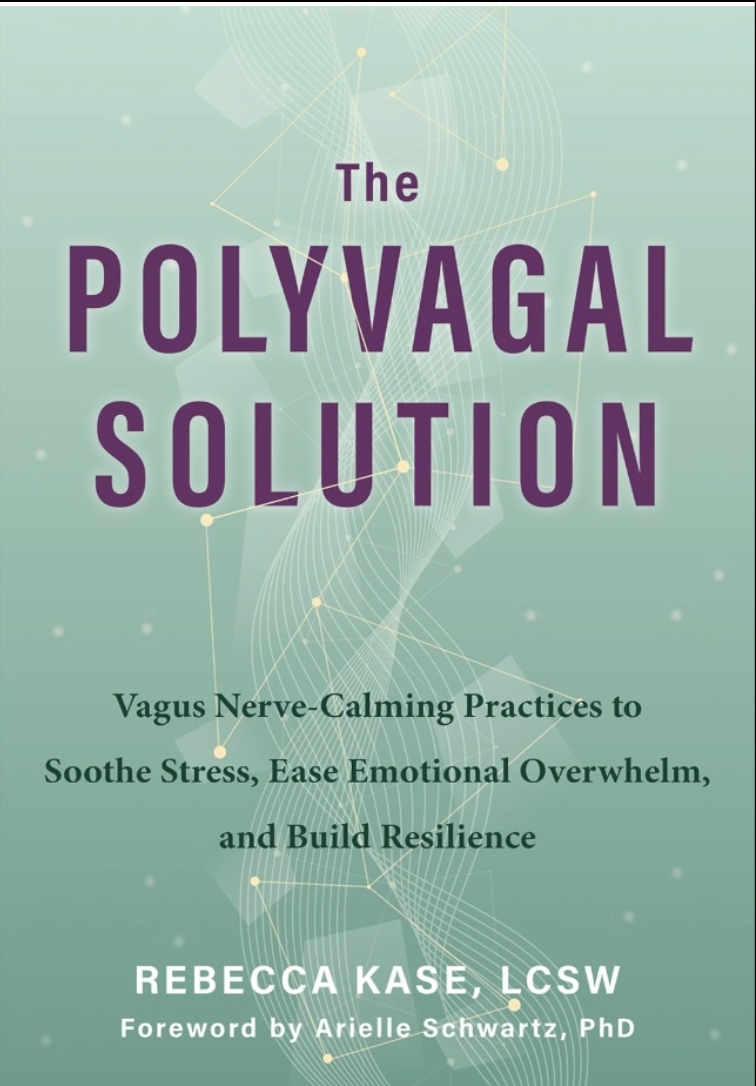Lifestyle
Tips On Using Inflatables At Your Event

Hosting an event can be daunting as the pressure of pleasing the crowd can be immense. However, more people are starting to use giant inflatables to bring the wow factor. A giant inflatable can be anything you like too. From an enormous inflatable panda to a big bottle of bubbly champagne, there’s a giant inflatable to suit your event. You might have some questions about how best to use them and what safety features you need to consider, so here are some top tips!
Check The Weather
If you’re planning on holding your event outdoors, it’s crucial that you check the weather before you set up your giant inflatable. If there are talks of torrential rain and gale-force winds, you might need to reconsider where you place the inflatable. If possible, it could be moved indoors so that it’s protected by the shelter. If the weather is supposed to be terrible, most of your event-goers will most likely head to the indoor part anyway, so they’ll still get to benefit from your inflatable.
Consider Your Crowd
It’s important to think about what type of crowd you’ll have at your event. If it’s a children’s themed one, you might want to go for more interactive inflatables like bouncy castles or tunnels so that they can get the most out of them. Similarly, if you’re event is a sports competition, you could go for a unique entrance and finish line to help signpost the athletes. If you’re merely promoting a business, you could even get bespoke giant inflatables of your product or business logo. Using the right giant inflatable can really make a difference to the crowd’s impression of your event.
How Much Space?
Giant inflatables are as the name suggests…giant, so you need to make sure that you’ve got plenty of space for them to be installed without restrictions. You don’t want to spend some of your event’s budget on something that you can’t even use on the day.
What’s Your Theme?
As well as your crowd, you want to think about what kind of theme you’re going for. If you’re hosting a music-themed event, why not go for giant instrument inflatables. Or if you’re hosting a promotional event, you could have an inflatable blimp to really show off the business.
Safety First
Installing giant inflatables isn’t something you should attempt on your own. Most companies will send a company representative to safely install and dismantle it for you. There have been tragic accidents that occur when they aren’t fitted correctly, so you want to ensure you eliminate the risk of this ever happening by leaving it up to the professionals. If you’re also hosting an event where children are present, make sure that they’re with a responsible adult at all times when around the inflatables.
Using giant inflatables can be a wonderful way to bring joy to your event, but it’s imperative that they’re installed safely. Some companies will even offer to manage your full event for you, so you have even less to stress about. By utilising these simple tips, you can be sure your event goes off without a hitch and your crowd remember it for years to come.
Lifestyle
The Missing Piece in Self-Help? Why This Book is Changing the Wellness Game

Self-help shelves are full of advice — some of it helpful, some of it recycled, and most of it focused on “mindset.” But Rebecca Kase, LCSW and founder of the Trauma Therapist Institute, is offering something different: a science-backed, body-first approach that explains why so many people feel struck, overwhelmed, or burned out — and what they can actually do about it.
A seasoned therapist and business leader, Kase has spent nearly two decades teaching others how to navigate life through the lens of the nervous system. Her newest book, “The Polyvagal Solution,” set to release in May 2025, aims to shake up the wellness space by shifting the focus away from willpower and onto biology. If success has felt out of reach — or if healing has always seemed like a vague concept — this book may be the missing link.
A new way to understand stress and healing
At the heart of Kase’s approach is polyvagal theory, a neuroscience-based framework that helps explain how our bodies respond to safety and threat. Developed by Dr. Stephen Porges, polyvagal theory has transformed the way many therapists understand trauma, but Kase is bringing this knowledge to a much wider audience.
“The body always tells the truth,” Kase says. “If you’re anxious, exhausted, or always in overdrive, your nervous system is asking for support, not more discipline.”
“The Polyvagal Solution” makes this complex theory digestible and actionable. Instead of promising quick fixes, Kase offers strategies for regulating the nervous system over time, including breathwork, movement, boundaries, and daily practices that better align with how the human body functions. It’s less about pushing through discomfort and more about learning to tune in to what the body needs.
From clinical expertise to business insight
What sets Kase apart isn’t just her deep understanding of trauma but how she blends that knowledge with real-world experience as a business owner and leader. As the founder of the Trauma Therapist Institute, she scaled her work into a thriving company, all while staying rooted in the values she teaches.
Kase has coached therapists, executives, and entrepreneurs who struggle with burnout, anxiety, or feeling disconnected from their work. Regardless of who she works with, though, her message remains consistent: the problem isn’t always mindset — it’s often regulation.
“Success that drains you isn’t success. It’s survival mode in disguise,” Kase explains. Her coaching programs go beyond traditional leadership training by teaching high achievers how to calm their nervous systems, enabling them to lead from a grounded place, not just grit.
Making the science personal
For all her clinical knowledge, Kase keeps things human. Her work doesn’t sound like a lecture but rather like a conversation with someone who gets it. That’s because she’s been through it herself: the long hours as a therapist, the emotional toll of supporting others, the realities of building a business while managing her own well-being.
That lived experience informs everything she does. Whether she’s speaking on stage, running a retreat, or sharing an anecdote on her podcast, Kase has a way of weaving humor and honesty into even the heaviest topics. Her ability to balance evidence-based practice with practical advice is part of what makes her voice so compelling.
Kase’s previous book, “Polyvagal-Informed EMDR,” earned respect from clinicians across the country. But “The Polyvagal Solution” reaches beyond the therapy community to anyone ready to understand how their body is shaping their behavior and how to create real, sustainable change.
Why this message matters
We’re in a moment where burnout is common and overwhelm feels normal. People are looking for answers, but many of the tools out there don’t address the deeper cause of those feelings.
That’s where Kase’s work lands differently. Instead of telling people to “think positive” or “try harder,” she teaches them how to regulate their own biology. And in doing so, she opens the door for deeper connection, better decision-making, and more energy for the things that matter.
As more workplaces begin to embrace trauma-informed leadership, more individuals are seeking solutions that go beyond talk therapy and motivational content. Kase meets that need with clarity, compassion, and a toolkit rooted in both science and humanity.
A grounded approach to lasting change
What makes “The Polyvagal Solution” stand out is its realism. It doesn’t ask readers to overhaul their lives but instead asks them to listen — to pay attention to how their bodies feel, how their stress patterns manifest, and how even small shifts in awareness can lead to significant results over time. Whether you’re a therapist, a team leader, or someone trying to feel more at ease in your own skin, this book offers a way forward that feels both grounded and achievable.
Rebecca Kase isn’t just adding another title to the self-help genre. She’s redefining it by reminding us that we don’t have to muscle our way through life. We just have to learn how to work with, not against, ourselves.
And maybe that’s the real game-changer we’ve been waiting for.
-

 Tech4 years ago
Tech4 years agoEffuel Reviews (2021) – Effuel ECO OBD2 Saves Fuel, and Reduce Gas Cost? Effuel Customer Reviews
-

 Tech6 years ago
Tech6 years agoBosch Power Tools India Launches ‘Cordless Matlab Bosch’ Campaign to Demonstrate the Power of Cordless
-

 Lifestyle6 years ago
Lifestyle6 years agoCatholic Cases App brings Church’s Moral Teachings to Androids and iPhones
-

 Lifestyle4 years ago
Lifestyle4 years agoEast Side Hype x Billionaire Boys Club. Hottest New Streetwear Releases in Utah.
-

 Tech7 years ago
Tech7 years agoCloud Buyers & Investors to Profit in the Future
-

 Lifestyle5 years ago
Lifestyle5 years agoThe Midas of Cosmetic Dermatology: Dr. Simon Ourian
-

 Health6 years ago
Health6 years agoCBDistillery Review: Is it a scam?
-

 Entertainment6 years ago
Entertainment6 years agoAvengers Endgame now Available on 123Movies for Download & Streaming for Free
